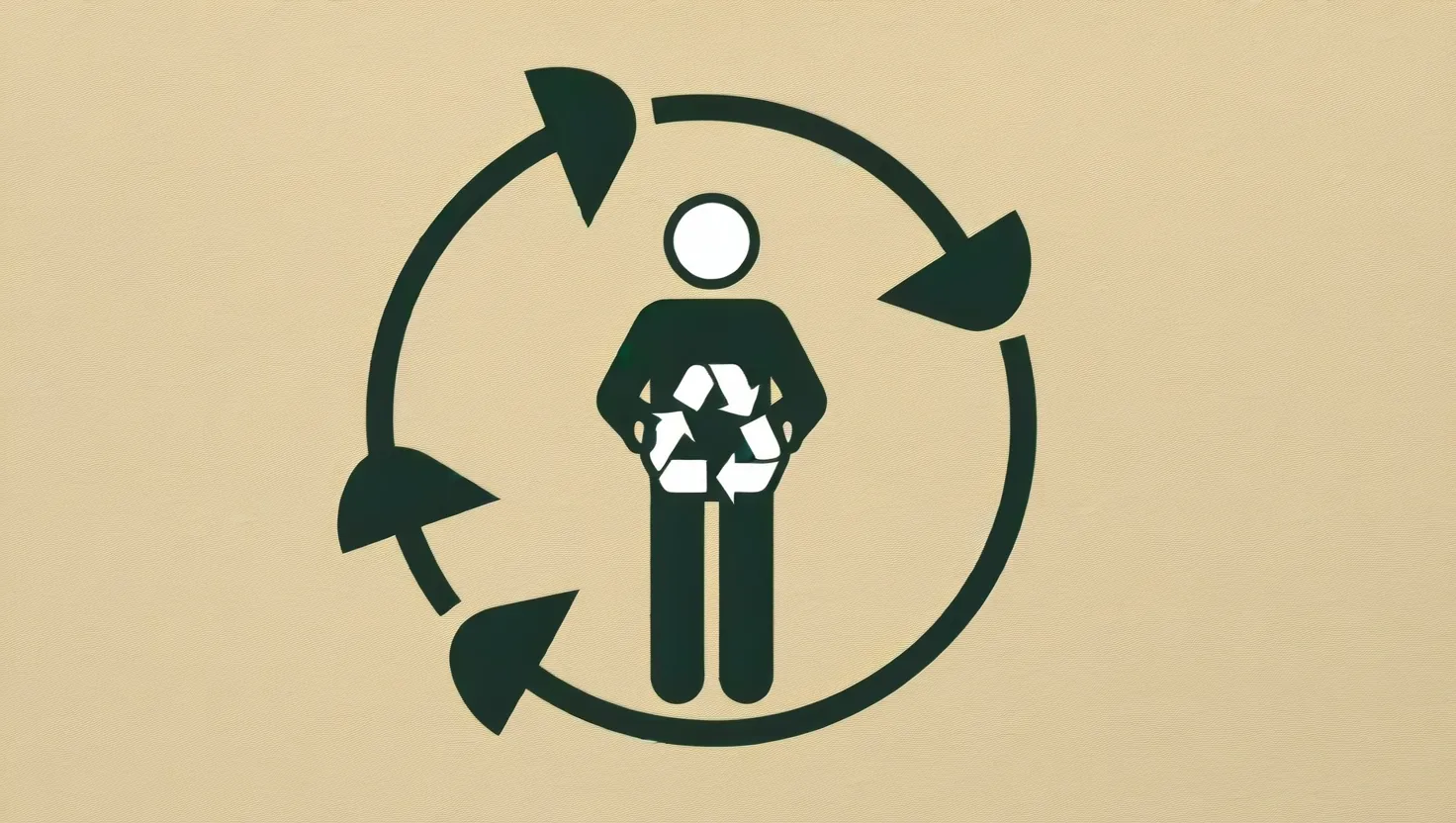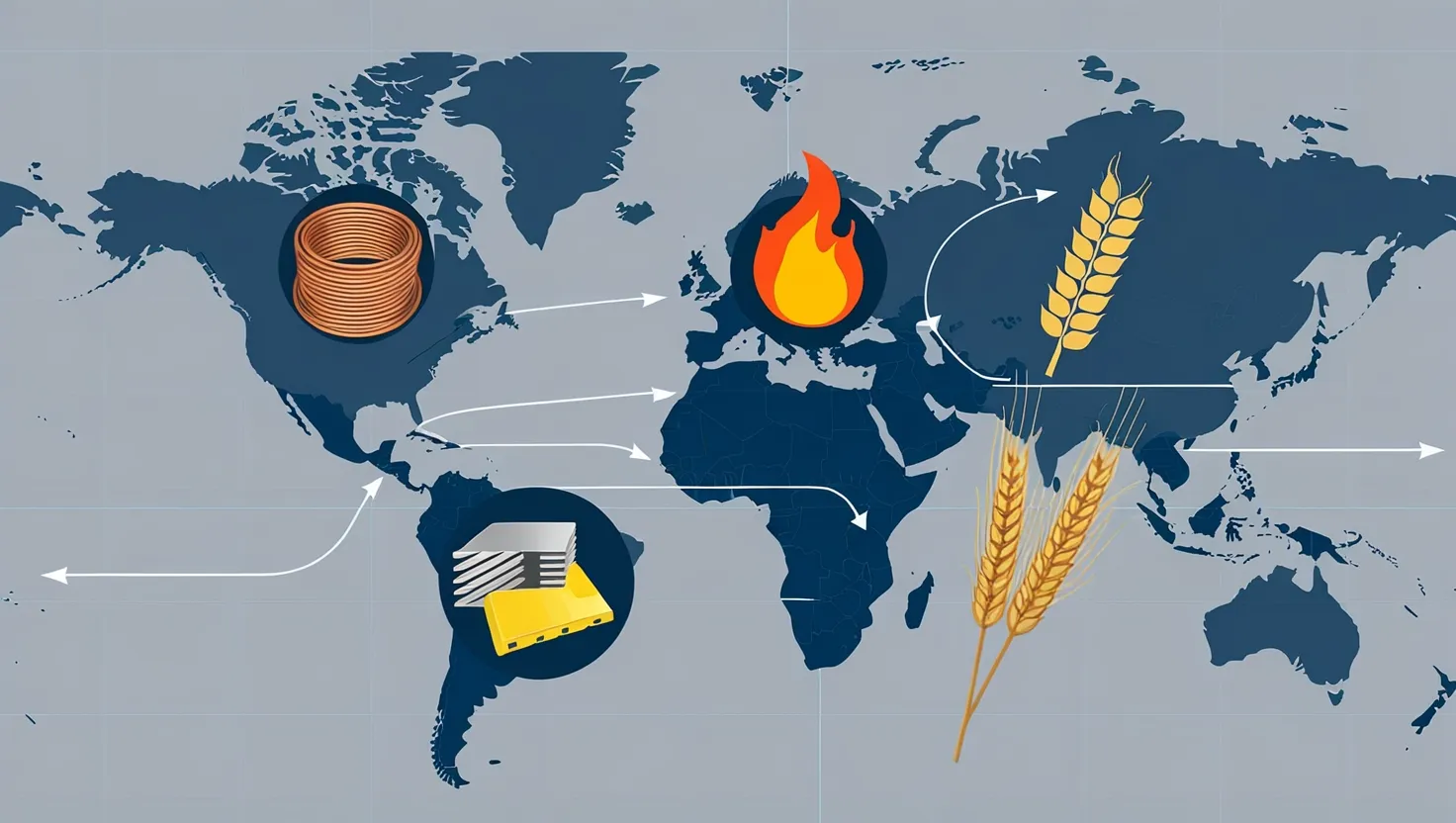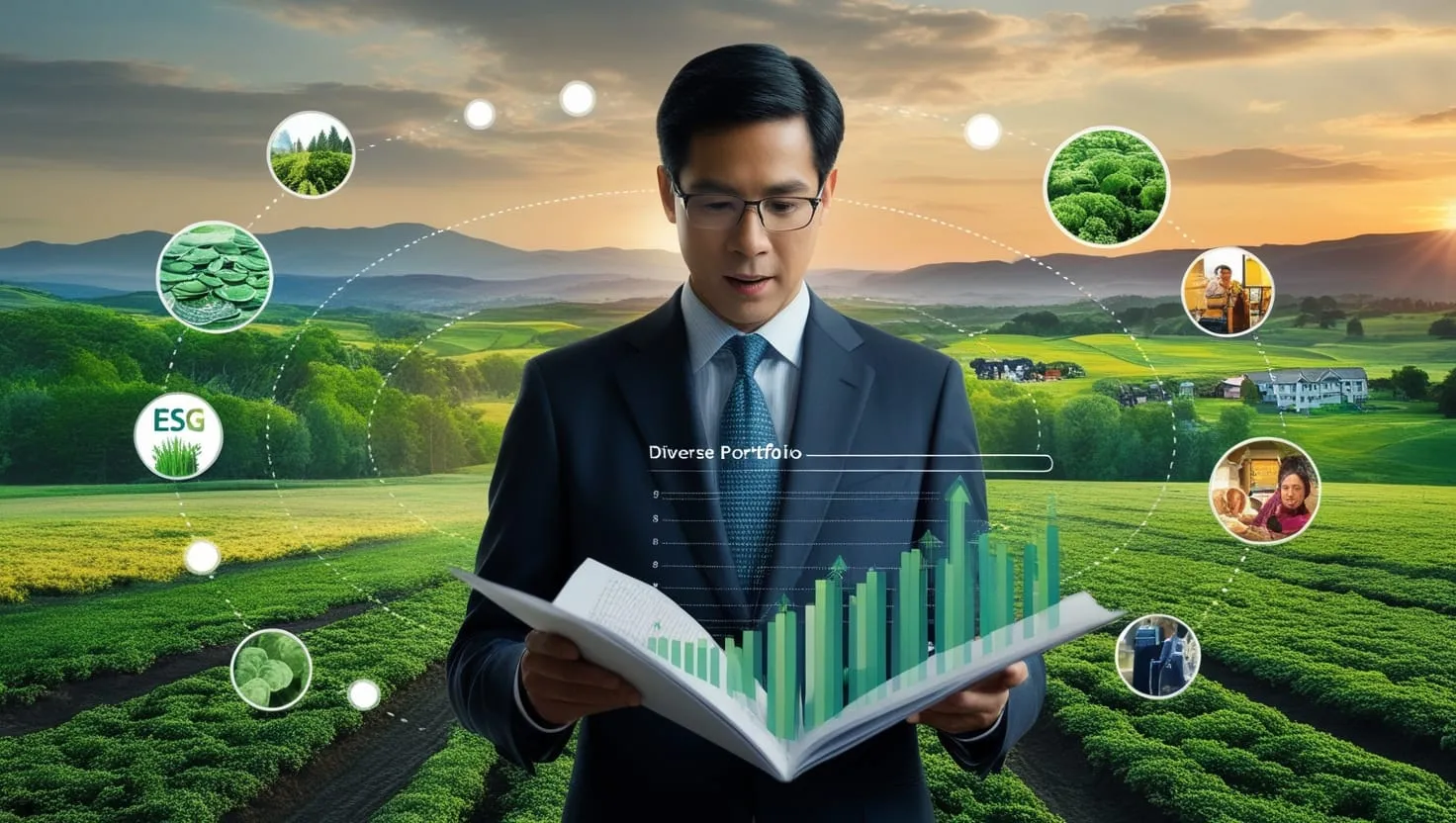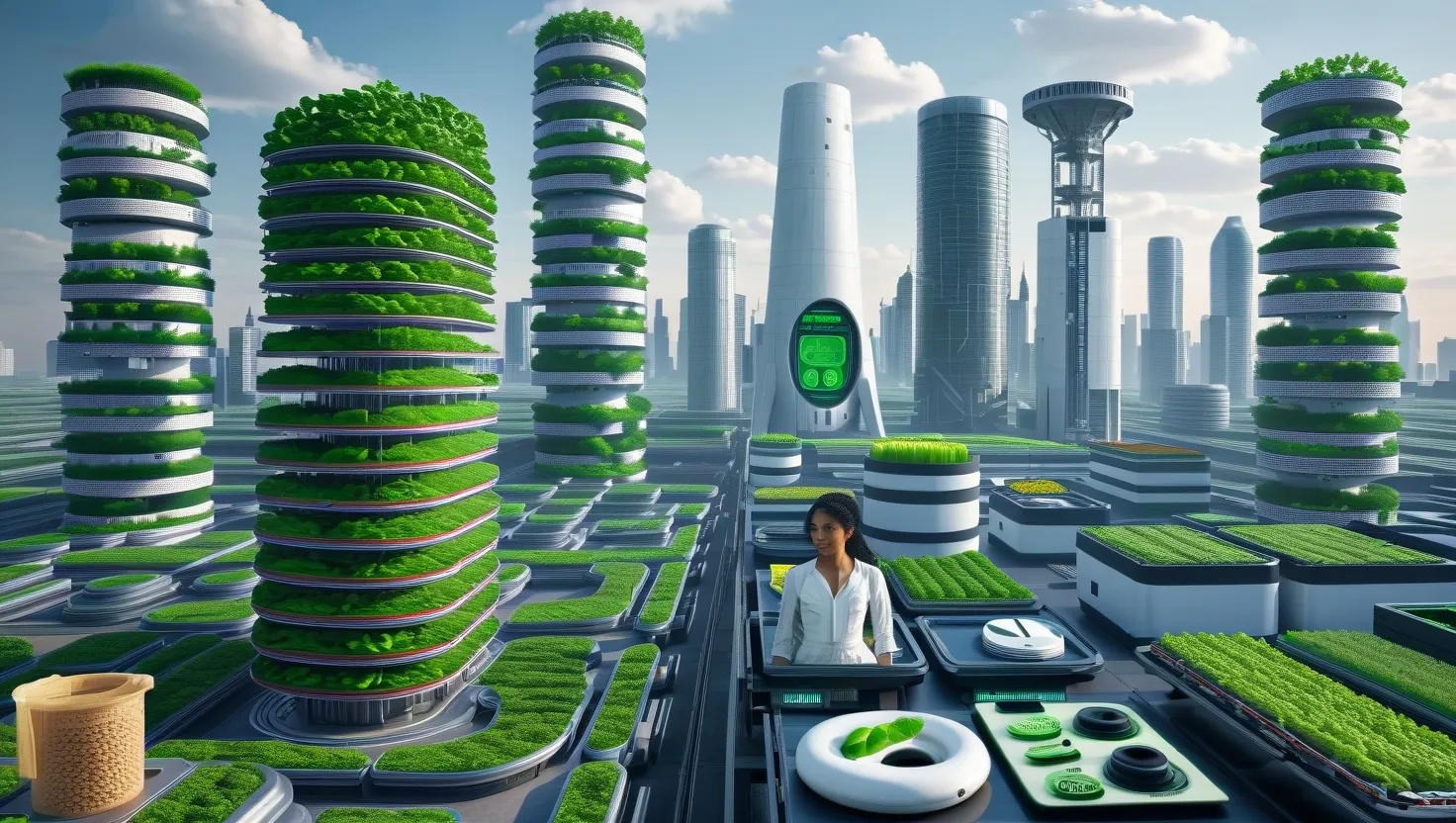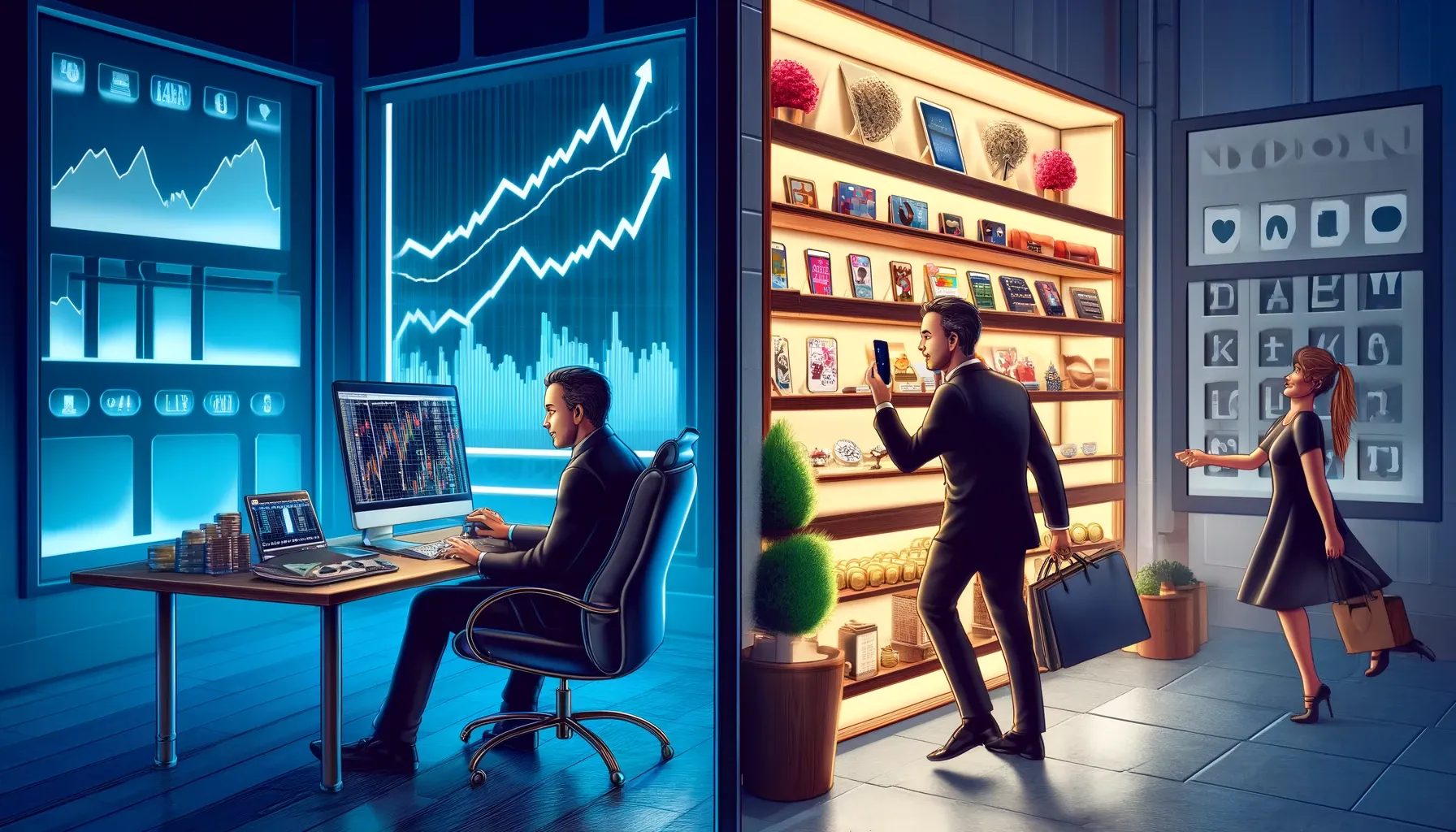In the quest for a more sustainable future, the concept of a circular economy has emerged as a beacon of hope. This model, which focuses on the continuous use and reuse of resources, is transforming various industries in profound ways. Let’s delve into five circular economy initiatives that are revolutionizing the way we produce, consume, and dispose of goods.
The Fashion Industry’s Textile Revolution
Imagine a world where your favorite outfit is not just a one-time purchase, but a long-term companion that can be worn, shared, and recycled. The fashion industry, notorious for its fast and wasteful practices, is undergoing a significant transformation. Companies are adopting textile recycling and rental models that extend the life of clothing and reduce the need for new, resource-intensive garments.
“As the fashion industry continues to grow, it’s clear that the traditional linear model of ‘take, make, dispose’ is no longer sustainable,” notes a leading sustainability expert. “By increasing the number of times an item is worn and keeping clothing in circulation, we can significantly reduce waste and environmental impact.”
Rental services, for instance, allow consumers to enjoy high-quality, designer clothing without the long-term commitment of ownership. This not only reduces the demand for new clothing but also encourages the sharing and reuse of existing items. Brands like ThredUp and Rent the Runway are pioneering this shift, making fashion more accessible and sustainable.
Electronics: From Disposable to Durable
The electronics sector, known for its rapid obsolescence and e-waste generation, is also embracing circular economy principles. Modular design and repair programs are becoming increasingly popular, allowing consumers to upgrade and repair their devices rather than discarding them.
“Designing products for longevity and ease of repair is a game-changer,” says a tech industry innovator. “It not only reduces electronic waste but also saves consumers money in the long run.”
Companies like Fairphone are leading the way with modular smartphones that can be easily disassembled and repaired. This approach not only extends the life of the device but also reduces the environmental impact associated with mining new materials and manufacturing new products.
Food Industry: Upcycling and Waste Reduction
The food industry, one of the largest generators of waste, is finding innovative ways to upcycle byproducts and reduce waste. Upcycling involves transforming waste materials into higher-value products, such as turning food waste into nutritious animal feed or biofuels.
“How can we justify throwing away food when so many people go hungry?” asks a food industry expert. “Upcycling is not just about reducing waste; it’s about creating new value streams and ensuring that resources are used efficiently.”
Companies like Full Harvest are pioneering this approach by creating a platform that connects farmers with food companies to sell “ugly” or imperfect produce that would otherwise be discarded. This not only reduces waste but also provides farmers with additional revenue streams.
Construction Sector: Building for the Future
The construction industry, known for its massive resource consumption and waste generation, is adopting circular economy practices through the use of recycled materials and design for disassembly. This means that buildings are designed to be easily dismantled and their materials reused or recycled at the end of their life cycle.
“Traditional construction methods are wasteful and inefficient,” notes a sustainable building expert. “By designing buildings with reuse and recycling in mind, we can significantly reduce waste and conserve resources.”
Companies like BAM Construct UK are leading the charge by incorporating recycled materials into their construction projects and designing buildings that can be easily disassembled and reused. This approach not only reduces waste but also lowers the environmental impact of new construction projects.
Packaging Industry: The Shift to Reusable and Compostable Solutions
The packaging industry, a significant contributor to plastic waste, is undergoing a transformative shift towards reusable and compostable solutions. Companies are moving away from single-use plastics and towards materials that can be reused or composted.
“The packaging industry has a critical role to play in reducing waste,” says a packaging innovator. “By switching to reusable and compostable materials, we can significantly reduce the amount of waste that ends up in landfills and oceans.”
Brands like Loop and TerraCycle are pioneering this shift by offering reusable packaging solutions that can be returned and refilled. This not only reduces waste but also provides consumers with a convenient and sustainable alternative to traditional packaging.
Economic Benefits and Challenges
These circular economy initiatives are not only environmentally beneficial but also economically viable. By reducing waste and conserving resources, companies can lower their production costs and create new revenue streams through the sale of recycled materials and the provision of repair and rental services.
However, implementing these initiatives is not without challenges. One of the main hurdles is changing consumer behavior and educating consumers about the benefits of circular economy practices. Companies must also invest in new technologies and business models, which can be costly and require significant systemic changes.
Consumer Response and Scaling Potential
Despite these challenges, consumer response to circular economy initiatives has been overwhelmingly positive. Consumers are increasingly demanding sustainable products and services, driving companies to innovate and adapt.
“The future of business is circular,” says Ellen MacArthur, a leading advocate for the circular economy. “It’s about designing out waste and pollution, keeping products and materials in use, and regenerating natural systems.”
As these initiatives continue to gain traction, there is significant potential for scaling them across industries. By sharing best practices and collaborating on new technologies and business models, companies can accelerate the transition to a more circular and sustainable economy.
In conclusion, the circular economy is not just a theoretical concept; it is a practical solution that is transforming industries today. From fashion to electronics, food to construction, and packaging, these initiatives are reducing waste, conserving resources, and creating new revenue streams. As we move forward, it is crucial that we continue to innovate and adapt, ensuring that the circular economy becomes the new norm for sustainable business practices.
